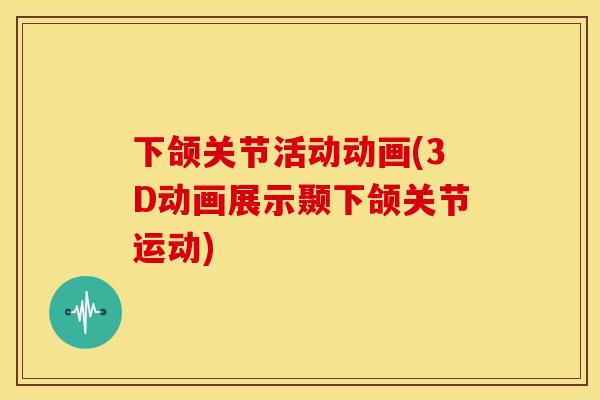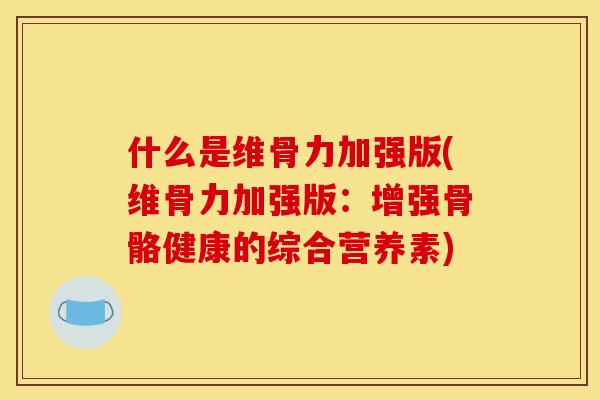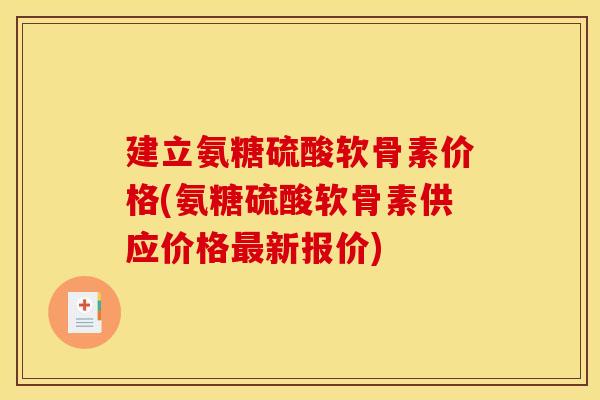Introduction
The temporomandibular joint (TMJ) is the joint that connects the jaw (mandible) to the skull (temporal bone). This joint is essential for the opening and closing of the mouth, eating, speaking, and various facial expressions.
The TMJ is unique in its structure and function compared to other joints in the body. It is a complex joint, consisting of bones, muscles, tendons, ligaments, and cartilage. It also has two different types of movement: translational and rotational.
Anatomy of the TMJ

The TMJ is made up of two main bones, the mandible and the temporal bone. The mandible is the lower jaw bone, and the temporal bone is the skull bone that sits above the ear. The joint itself is surrounded by a joint capsule that contains synovial fluid. This fluid is responsible for lubricating the joint and reducing friction during movement.
Within the joint capsule, there are two pieces of cartilage that act as cushions between the bones. The first is the articular disc, which divides the joint into two compartments. The second is the retrodiscal tissue, which acts as a shock absorber.
The muscles that control the movement of the TMJ include the masseter, temporalis, and medial and lateral pterygoids. These muscles are responsible for opening and closing the jaw, as well as side-to-side and forward-backward movements.
Translational Movement
Translational movement is when the mandible moves forward or backward in a sliding motion. This type of movement occurs when the mouth opens and closes. The mandible moves forward as the mouth opens and backward as the mouth closes.
During translational movement, the articular disc slides forward on the mandibular condyle. As the mandible moves backward, the articular disc moves back to its original position. In this way, the articular disc acts like a cushion, reducing the friction between the bones.
Rotational Movement
Rotational movement is when the mandible rotates around the stationary zygomatic bone. This type of movement occurs when the mouth opens wider.
During rotational movement, the mandibular condyle rotates within the articular disc. The rotation occurs around the anteroposterior axis, which is located in the center of the articular disc. This allows for a wider opening of the mouth.
Combination of Movements
The TMJ often combines both translational and rotational movements to achieve different jaw movements. For example, when biting and chewing food, the jaw often moves in a combination of both movements.
Additionally, the TMJ can move in other directions, including side-to-side and forward-backward movements. These movements are controlled by the medial and lateral pterygoid muscles.
Conclusion
The TMJ is a complex joint that is essential for normal jaw movement. It consists of bones, muscles, tendons, ligaments, and cartilage. The joint has two different types of movement, translational and rotational, which allow for various jaw movements. By understanding the anatomy and movement of the TMJ, we can better understand and treat conditions that affect this critical joint.
为了服用氨糖软骨素更加的安心,可以了解下三代氨糖维力维氨糖软骨素。三代氨糖特点就是在氨糖,软骨素的基础上额外添加了骨胶原,拥有骨胶原的氨糖产品成分更加的全面,协同作用,效果更加好,这款产品具有国食健字号小蓝帽标志,而且还是知名国企大厂生产,另外还采用添加了骨胶原成分的三代氨糖配方。不仅在产品的安全性上放心,在产品的疗效上面也值得拥有。
标签: 氨糖硫核加工 乙酰甘露糖氨hplc 含磷的氨糖







